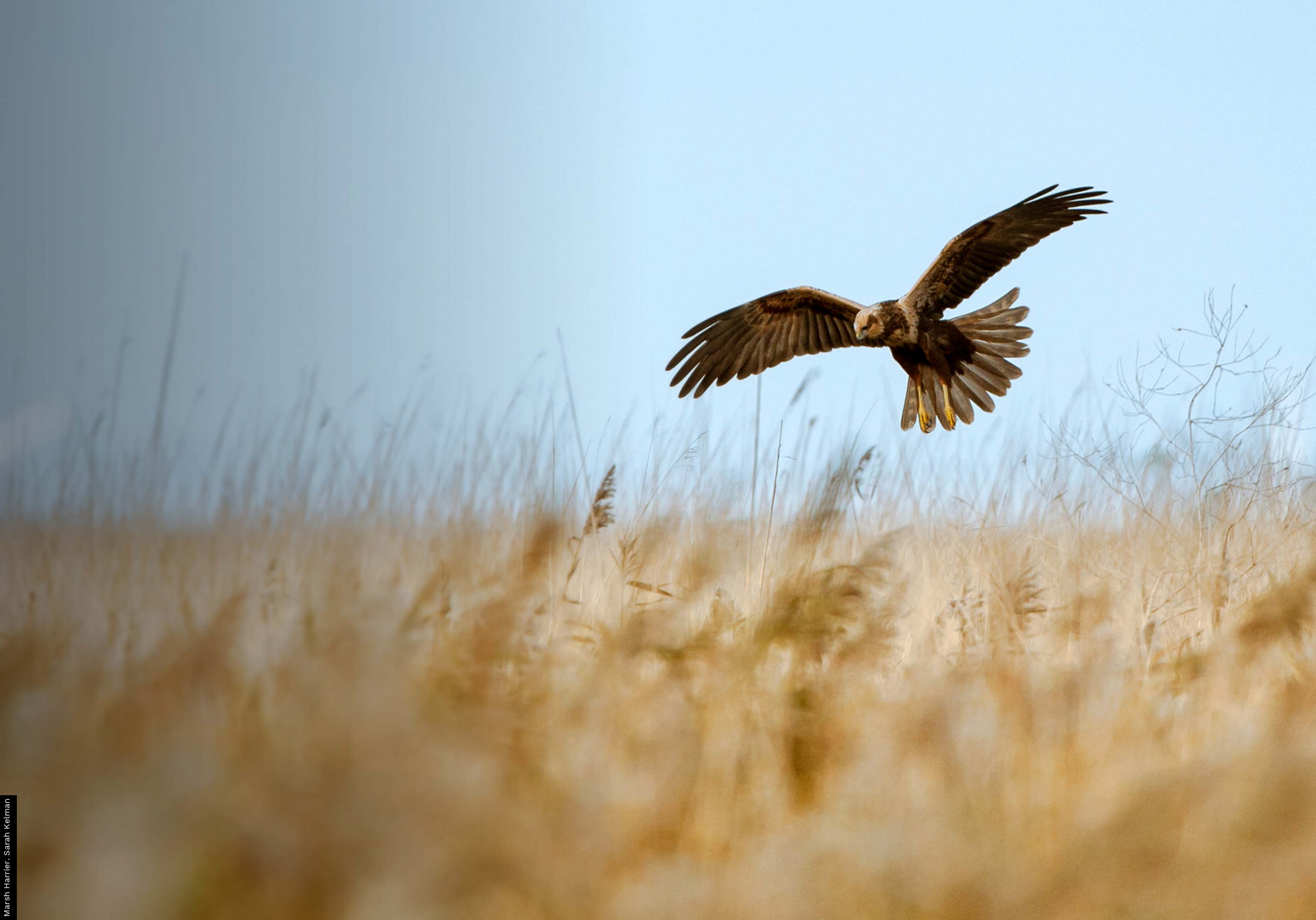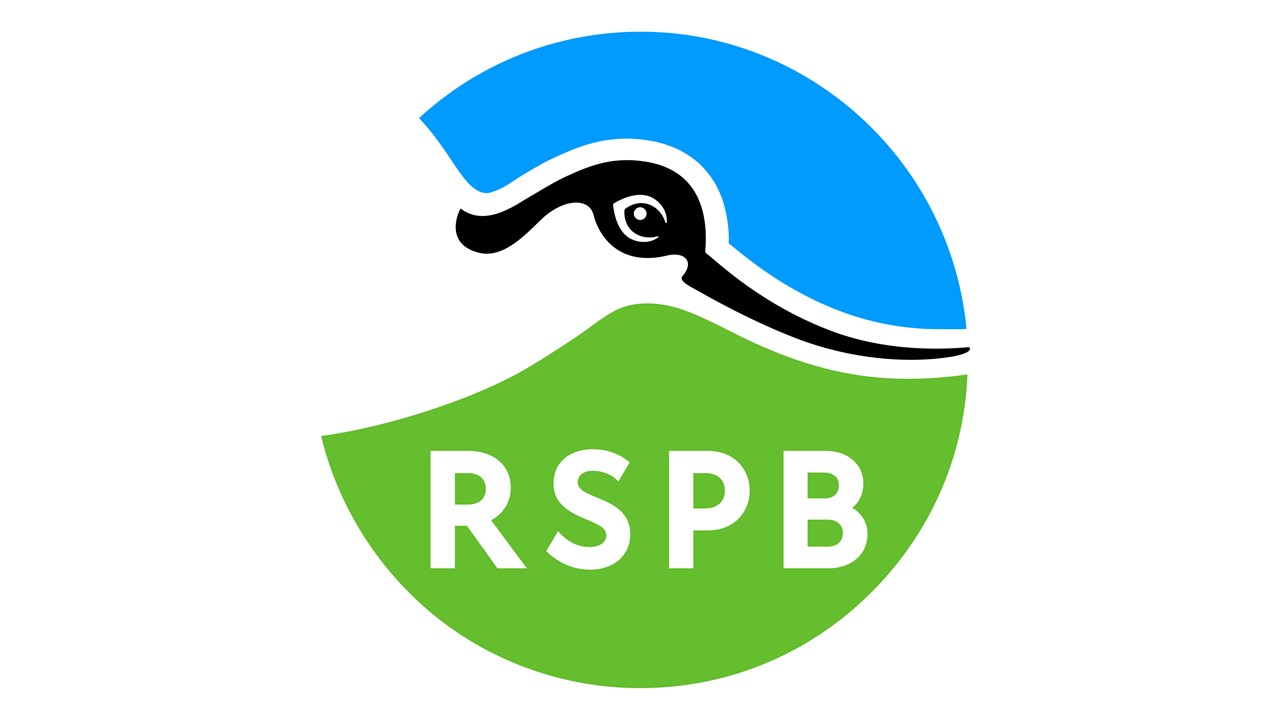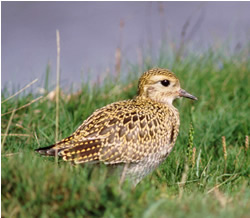Adding extra detail to your records
The success of BirdTrack relies on your birdwatching lists. We need to gather a large number of lists at all times of the year from throughout Britain and Ireland.
- We prefer complete lists of birds you have seen because the proportion of lists with a given species provides a good measure of frequency of occurrence.
- Incomplete lists and casual records can also be entered so as to provide a comprehensive record of what you have seen.
It is very important for us to know whether the list that you have recorded is a complete list of everything seen or heard during your visit. If it was please check the box near the top of the species list form. It doesn't matter if you missed species that were present - we only need to know that you have recorded all the species that you encountered and confidently identified.
- You can either simply record the presence of a species using a tick box or give a count - the choice is yours!
When you first enter records for a site you will be presented with a list of about 200 species. These are the species we consider you most likely to come across in your day-to-day birdwatching.
The remainder of the species on the British and Irish Lists will be accessible from a drop-down menu at the bottom of the page and you can add these onto your list. Simply enter counts or tick the boxes for the species you have seen.
Next time you enter records for that site you will just see the list of species that you saw on the first visit. You can add in more species by using the drop-down menu. The idea is to build up a list unique to each site, so you will just see the species that you have recorded at each site over time.
The lists also contain a selection of the most regularly reported escapes such as Black Swan and Bar-headed Goose. We are keen for you to record escaped species on your lists. If you see an escape (or any other species) that is not on the list please let us know by emailing the BirdTrack Organiser and we will add it in.
Count accuracy
Providing counts of birds are of more value to us and to local bird recorders. It may be difficult to make an accurate count. In these circumstances please record that the count was approximate by using an accuracy code of circa (c) or plus (+). Please only use ONE measure of count accuracy.
Within BirdTrack we suggest using circa to mean 'best estimate' eg c300 Golden Plover and plus to mean a minimum estimate eg 250+ Golden Plover. The c and + codes should be entered in the count box alongside the numbers as shown here.
Casual records
You can record your sightings that you make on a casual basis – even if you haven't made a complete list – via the Casual Records Form. This allows you to enter records with the standard information such as site, date, species and count, as well as any optional details. Examples of records suited to this format might include a one-off sighting of a raptor flying over your garden or an unusual species seen on a very brief visit to your local patch, when you were unable to collect a complete list.
Comments and breeding status
The BirdTrack system includes the facility to enter comments and breeding status against each individual species record. Comments might include information about unusual plumage, moult or behaviour, or anything else that you think is of interest. The comments facility is provided mainly for the use of individual observers but any notes that you add will also be passed on to local bird recorders (where you have given permission for your records to be forwarded). The breeding status is very useful for Atlasing projects at a local and national scale, and should be included when possible during March–July.
Optional visit information
You can add optional visit information about age/sex/plumage, habitat, activity, direction of flight, 6-figure grid references, remarkable and/or sensitive sightings, and the numbers of each species involved in each type of breeding behaviour using the Optional Details facility.













Share this page